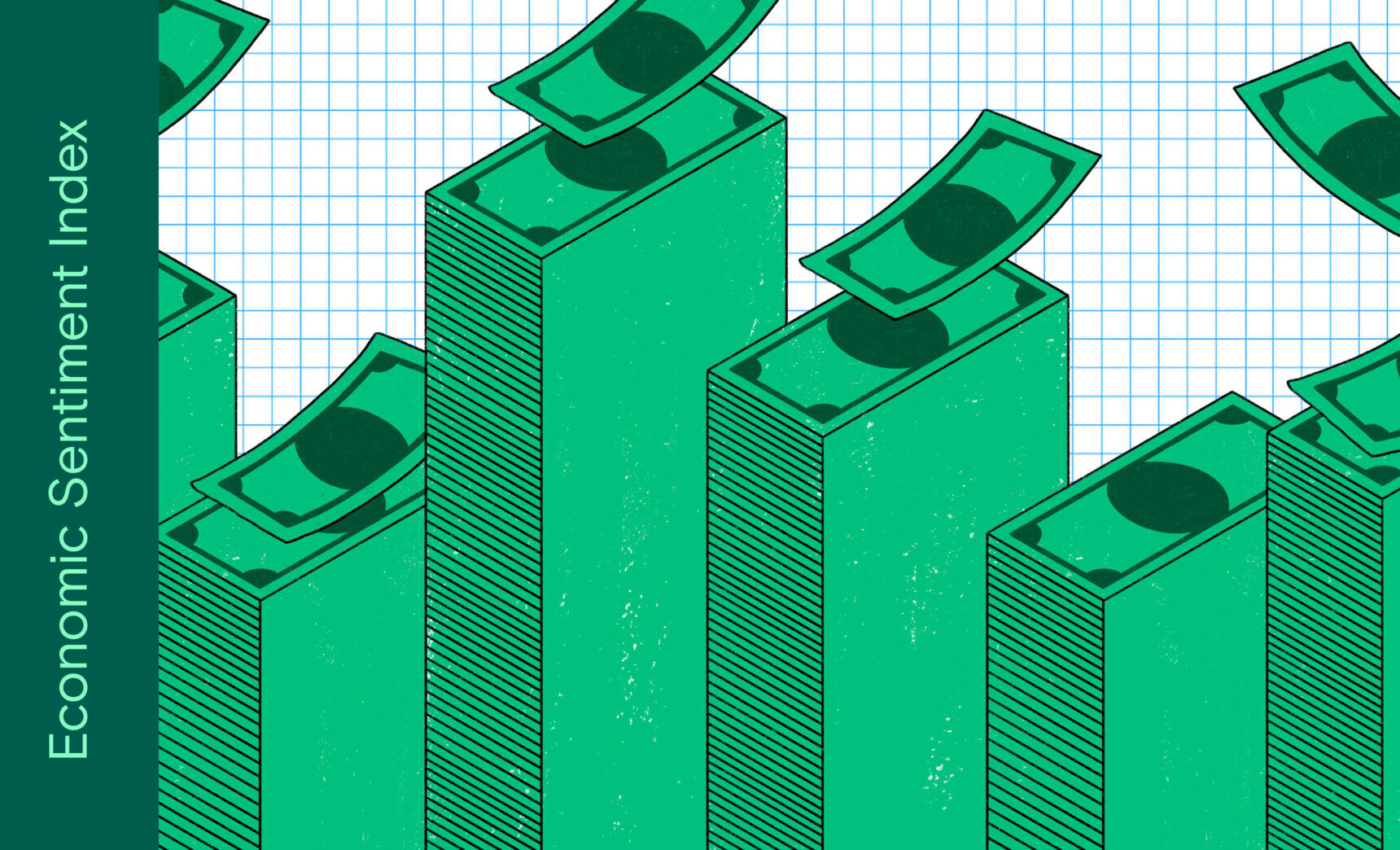
The Penta-CivicScience Economic Sentiment Index (ESI) decreased by 0.4 points to 33.8, marking a slight decline after a significant gain in the previous two-week period.
Three of the ESI's five indicators decreased during this period. Confidence in finding a new job decreased the most, falling 2.6 points to 30.3.
—Confidence in the overall U.S. economy decreased 0.8 points to 35.1.
—Confidence in making a major purchase decreased by 0.6 points to 25.5.
—Confidence in buying a new home increased 0.7 points to 25.7.
—Confidence in personal finances increased 1.3 points to 52.2.
On May 28, the U.S. Court of International Trade ruled that some of President Donald Trump's "retaliatory" tariffs were illegal. However, less than 24 hours later, an appeals court paused that decision and is weighing the appeal. Until then, the tariffs that were part of the ruling, including the levies imposed on Mexico, Canada, and China for their alleged involvement in the fentanyl trade and the global tariffs paused in April, will remain in effect. Commerce Secretary Howard Lutnick stated that the "tariffs are not going away," and that President Trump has multiple avenues not affected by that court ruling through which to impose tariffs.
Despite this, President Trump is moving forward with his tariff policies, with the tariff on foreign steel and aluminum set to rise to 50 percent on June 4, and a planned 50 percent tariff on European Union imports delayed until July 9 following a conversation with European Commission President Ursula von der Leyen.
As global economic pressures mount, the Organisation for Economic Co-operation and Development (OECD) has cut its U.S. growth forecast to 1.6 percent for 2025 and 1.5 percent for 2026, down from a 2.2 percent increase forecasted in March. The downgrade reflects the impact of U.S. tariffs, persistent policy uncertainty, and a shrinking labor force. In parallel, inflation is expected to rise to 3.2 percent, potentially nearing 4 percent by year-end. Still, the OECD notes that if trade barriers ease and investment rebounds, AI-driven productivity gains could position the U.S. for stronger long-term growth.
The Bureau of Economic Analysis (BEA) released its second estimate of gross domestic product (GDP) for the first quarter of 2024 showing that the overall U.S. economy shrank at an inflation-adjusted annual rate of 0.2 percent. This is an upward revision from the initial estimate which showed a 0.3 percent decline in GDP. Consumer spending in the first quarter was lower than initially reported, increasing only 1.2 percent rather than the initial estimate of 1.8 percent.
Additionally, the BEA's latest personal consumption expenditures (PCE) price index showed that inflation, excluding volatile food and energy prices, increased 0.1 percent in April and 2.1 percent year-over-year. This represents a continued deceleration as core PCE increased 2.6 year-over-year from February and then 2.3 from March. The report also indicated increased caution among consumers due to ongoing uncertainty with U.S. trade policies as consumer spending fell to only a 0.2 percent increase month-over-month and as personal savings jumped to 4.9 percent, the highest level in almost a year.
The ESI's three-day moving average began the two-week stretch at 34.0 on May 21, oscillating down and up before falling to a low of 32.5 on May 28. The ESI then began rising, hitting a high of 34.5 on June 1, before falling again, declining to 33.5 on June 4 to close out the session.
The next release of the ESI will be on Wednesday, June 18, 2025.